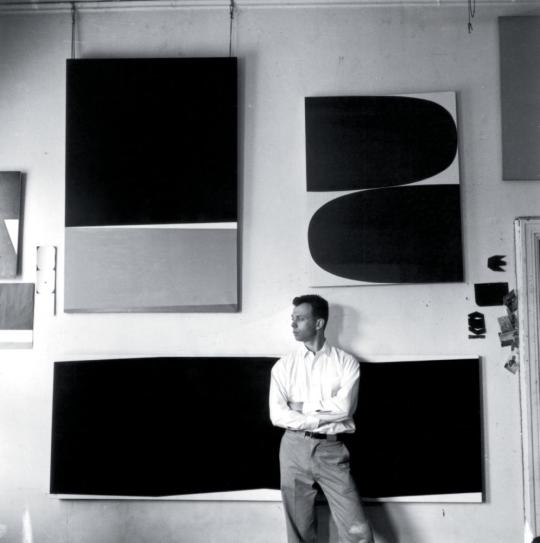Photo

52 Exhibitions: The Art of Assemblage
This landmark look at assemblage—art made by putting together disparate, often found, elements—shed new light on one of the key strategies of the European avant-garde. Looking from the past to the present day, curator William Seitz shrewdly connected work by early 20th-century Dadaists and Surrealists like Kurt Schwitters, Meret Oppenheim, and Max Ernst with that of contemporary artists such as Jean Tinguely, Robert Rauschenberg, and Ed Kienholz. At the time, the exhibition was controversial: a number of critics were so hostile to the new work—one calling it “the aesthetic counterpart of the social deficiencies that land people in the clink on charges of vagrancy”—that Seitz was compelled to write an essay in their defense. In hindsight, the exhibition helped to both delineate and establish a genealogy for one of the defining art forms of the period.
Read the out-of-print catalogue, see images of the installation, and more at mo.ma/52exhibitions.
146 notes
·
View notes
Video
L’histoire de la soupe
Plusieurs millénaires séparent le premier bouillon primitif du sachet de soupe lyophilisé.
Ancestrale et universelle, d’origine terrestre, la soupe est dotée d’un fort pouvoir symbolique et énergétique. Décrire l’histoire de la soupe est un exercice passionnant et digne d’intérêt.
C’est l’histoire du goût, d'un art de vivre si difficile à établir, mais aussi l’histoire de l’homme pour vivre ou survivre.
C’est une longue histoire humaniste qui doit être détaillée en une multitude de thèmes. Chaque chapitre mériterait une analyse plus fine, mais pour plus de lisibilité, je resterai plus généraliste dans mon exposé.
Bruno DENISE
Le Bouillon ancêtre de la Soupe
Depuis la nuit des temps, l’Homme n’a cesse d’améliorer son alimentation notamment lorsqu’il a su domestiquer le feu pour cuire des aliments.
L’homme devient civilisé !
.
Fini pour lui le temps de l’insouciance où seules la pêche, la chasse et la cueillette pourvoient au nécessaire journalier. Maintenir le feu en vie devient une obsession. Il stocke la nourriture, la sale, la sèche, la fume pour la conserver.
Depuis qu'il a trouvé un moyen de faire chauffer de l'eau dans un trou, sur des pierres ardentes, dans un pot, et qu'il a pensé à faire bouillir des herbes, des graines, des os, de la viande, du poisson…, le bouillon est apparu comme une évidence qui s’inscrit dans les mœurs de l’humanité.
Dès l’âge néolithique, on retrouve des vestiges, des traces d’utilisation de récipient ayant servi à la préparation de breuvages chauds consommés en été comme en hiver.
L’homme vient de tomber dans la tyrannie du travail. Cette capacité à produire va engendrer le troc puis la monnaie, sans oublier les notions de possession, de clan, de tribu, de religion, qui engendrent jalousie, rapines, guerres, défaites, victoires, traités, héros, médailles et pollution.
vimeo
Time Machine Soup from atelier laia on Vimeo.
Un viaje en el tiempo a través de los sabores
Esta “Time machine” tiene un motor que utiliza la sopa como combustible: con el sentido del gusto como vehículo de comunicación principal, la TMS propone un viaje al pasado a través de la gastronomía, la literatura, la antropología y las artes escénicas. Los participantes en esta fiesta degustarán doce sopas históricas, una por cada hora que marca el reloj; Desde la industrial de hoy en día hasta la sopa primordial, momentos clave de la historia de Europa quedarán retratados en esta paleta de sabor y de saber. El objetivo del proyecto es tener una sugestión de regresión en el tiempo gracias a la experiencia sensorial poderosamente evocativa de la gastronomía.
2 notes
·
View notes
Photo

Matisse at Work on Nymph in the Forest in his studio at the Hôtel Régina, Nice-Cimiez, August 1941.
3K notes
·
View notes
Photo

Rene Magritte, Self-Portrait in his studio, c. 1930
116 notes
·
View notes
Photo

Henri Matisse, at work in Venice, 1946. © Hélène Adant RAPHO
144 notes
·
View notes
Photo

Henri Matisse, Nice, France, 1948 photo by Gjon Mili © Time Inc.
235 notes
·
View notes
Photo
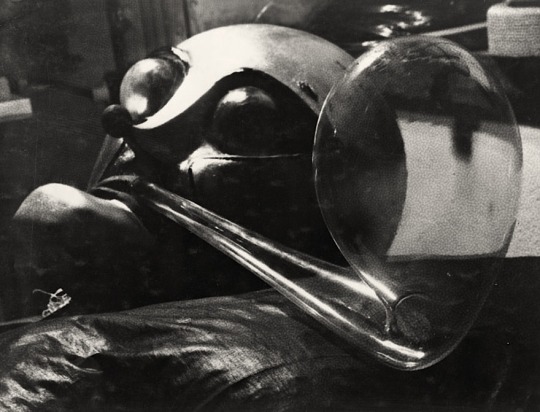
T. Lux Feininger, Bauhaus Theater Mask, Berlin, c. 1928.
578 notes
·
View notes
Photo
Brassaï, In Aristide Maillol’s Studio, 1936.
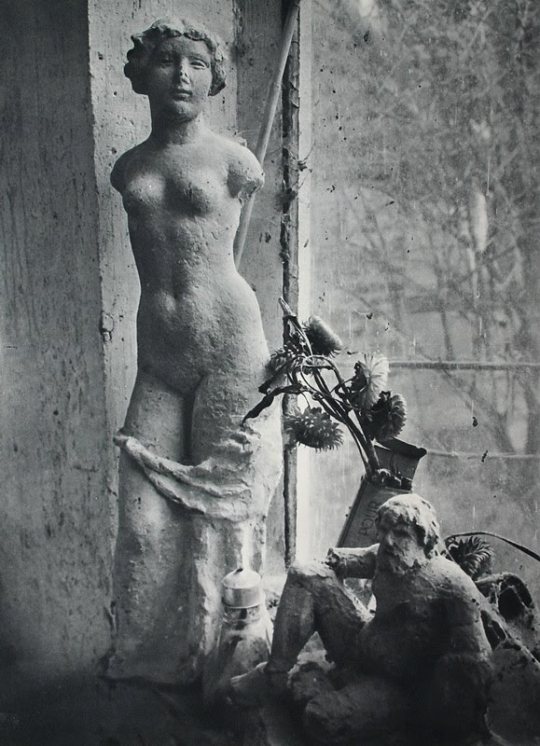
539 notes
·
View notes
Link
5 notes
·
View notes
Photo
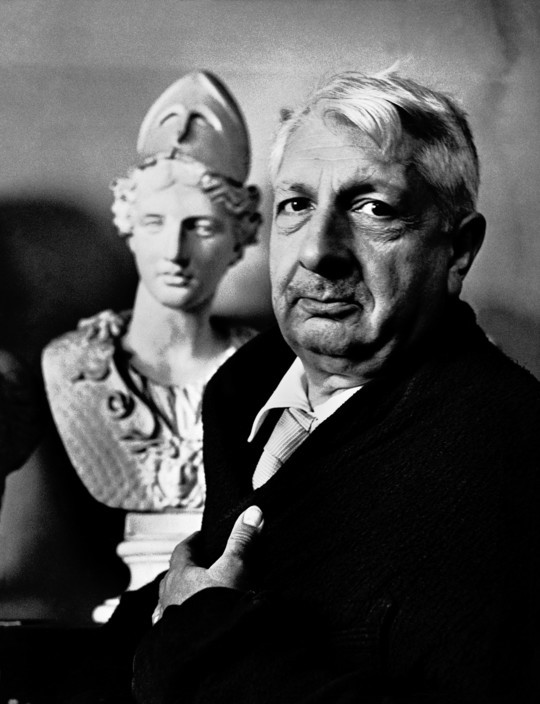
Giorgio de Chirico at His Studio (1951) by Herbert List.
4 notes
·
View notes
Photo
Estudio de Giorgio Morandi
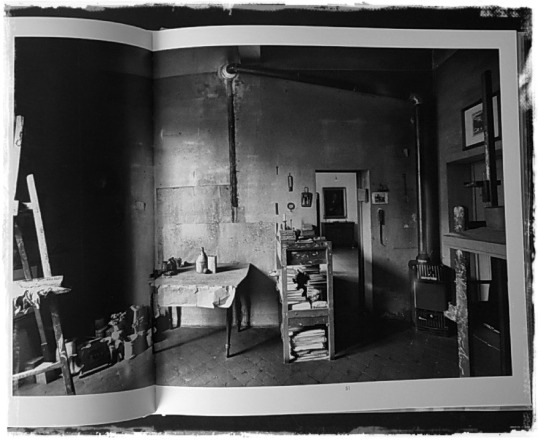
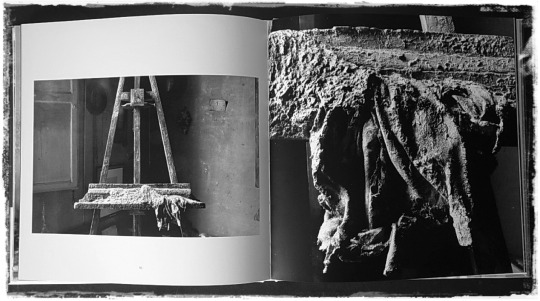
From the book GIORGIO MORANDI’S STUDIO / Gianni Berengo Gardin (photographer) & Lorenzo de Bianchi (author)
* Milano, Italia, 2008 / Milan, Italy, 2008
43 notes
·
View notes
Photo
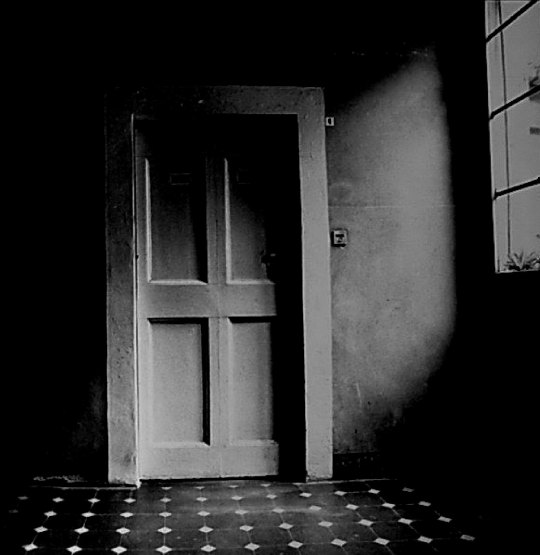
Giorgio Morandi`s Studio (Atelier), Bologna, Italy
© Gianni Berengo Gardin
374 notes
·
View notes
Photo
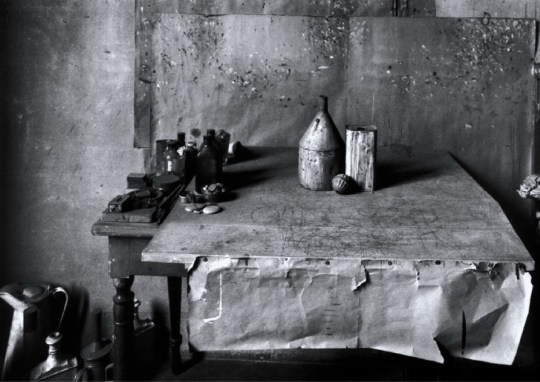
Giorgio Morandi`s Studio (Atelier), Bologna, Italy
© Gianni Berengo Gardin
386 notes
·
View notes
Photo

De Kooning on Newsweek: January 4, 1965
6 notes
·
View notes
Photo
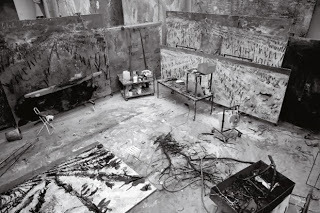
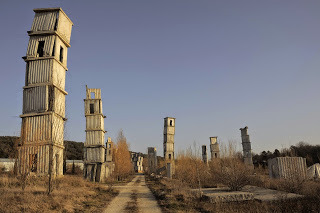

""From the mid 1990s, Kiefer’s Barjac studio-estate, which spread over 35 hectares (86 acres), also became his most ambitious project, where he made, displayed, warehoused and imagined his oeuvre. A former silk factory on a hill that the German expatriate transformed into a vast complex of living spaces, studios, workshops and storage facilities, it was also an environment in which he created a new type of ‘land art’ consisting of gigantic concrete structures, some reduced to post-war-like ruins, in the midst of the rural French countryside. For some, La Ribaute was Kiefer’s ‘Gesamtkunstwerk’, or ‘total work of art’, a theatrical experience that combined multiple media and that stood as the pinnacle and sum-mation of his career.
As this studio complex developed over 17 years, it grew in shape and complexity. Originally consisting of three nineteenth-century stone buildings surrounded by fields and woods, it was expanded with a single-minded intensity to combine modern functional structures with strange, unwieldy, reinforced-concrete constructions. Since the late 1990s, more than fifty separate edifices – glass and steel greenhouses as well as concrete bunkers - were erected on the property; and, in the new millennium, an amphitheatre and a crypt were added as well as massive concrete towers, sculptural waves and freestanding staircases.
Paintings and sculptural installations were sited in the various buildings, and as the complex extended, it seemed like a palimpsest of forms and traces from multiple time frames. La Ribaute and its environs were also the vast set on which Kiefer ‘shot’ his photographs. A number of his new books and paintings were based on it, as well as the factory-like ‘alchemical forge’ where he allowed his artistic fabrications to age and transform. As Kiefer’s production increased, La Ribaute also provided a context for developing his various ‘houses’ and ‘greenhouses’ of art, structures that served as containers for different groups of work.
2 notes
·
View notes
